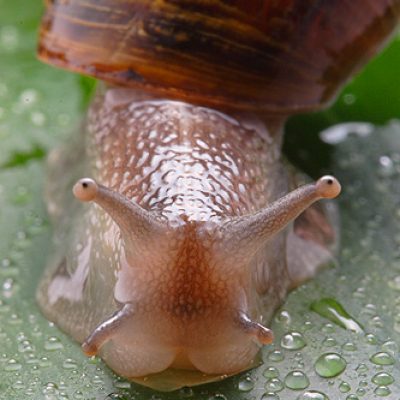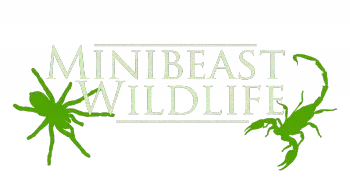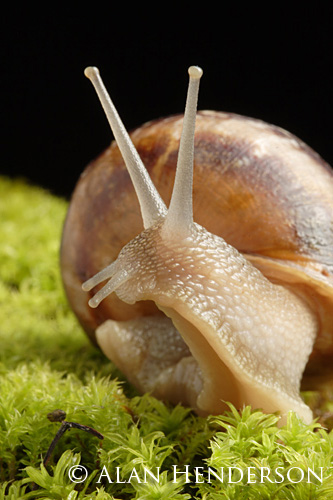AUSTRALIAN INVERTEBRATES
GARDEN SNAILS
When was the last time you looked at a snail closely? Snails are one of those animals that people often encounter but don’t tend to appreciate the sheer complexity of the way they work. The humble snail is quite an incredible little animal, one which operates very differently than we do!


